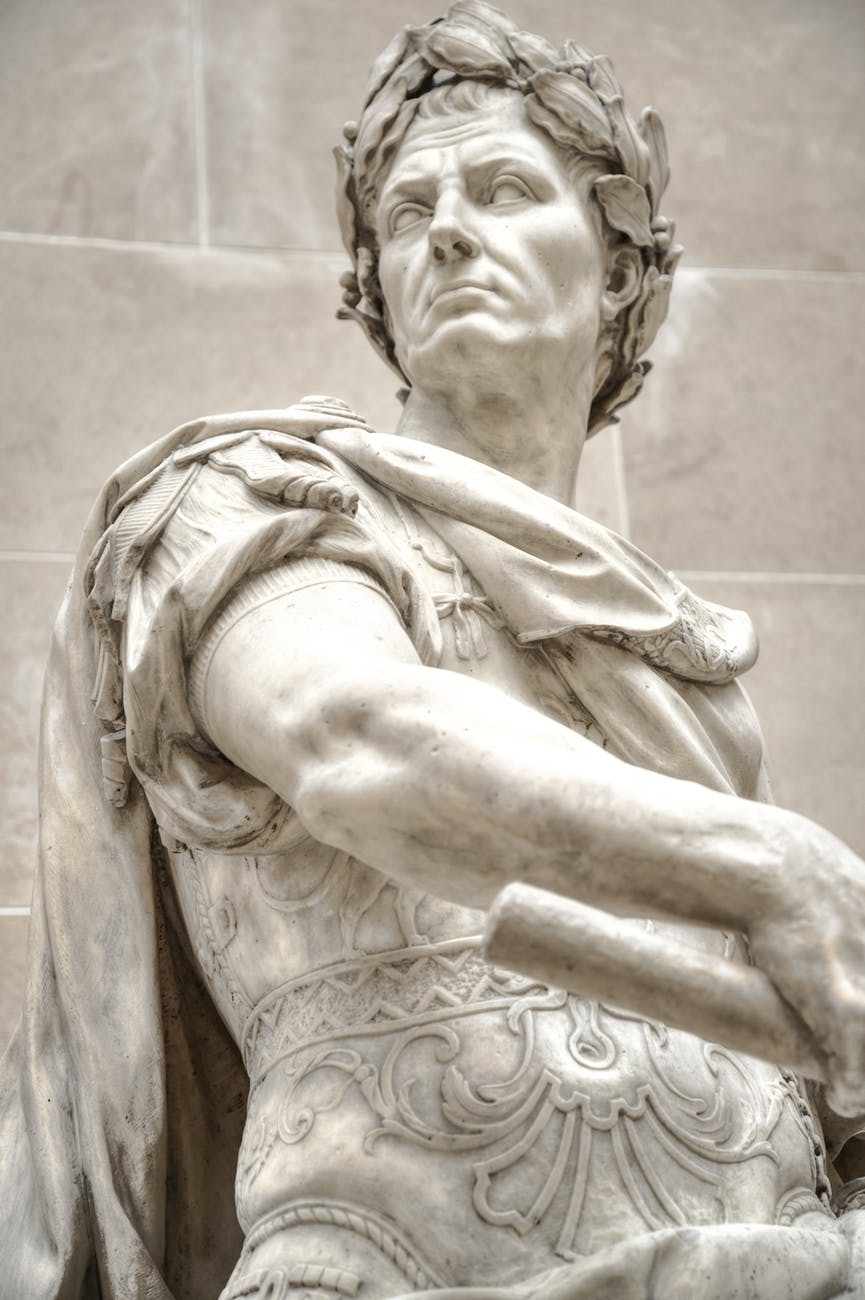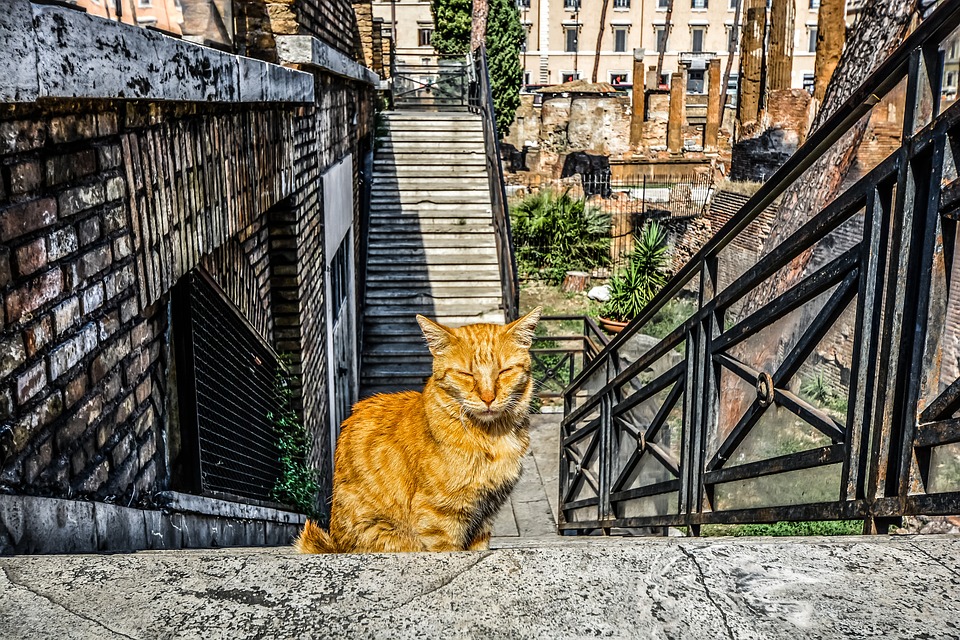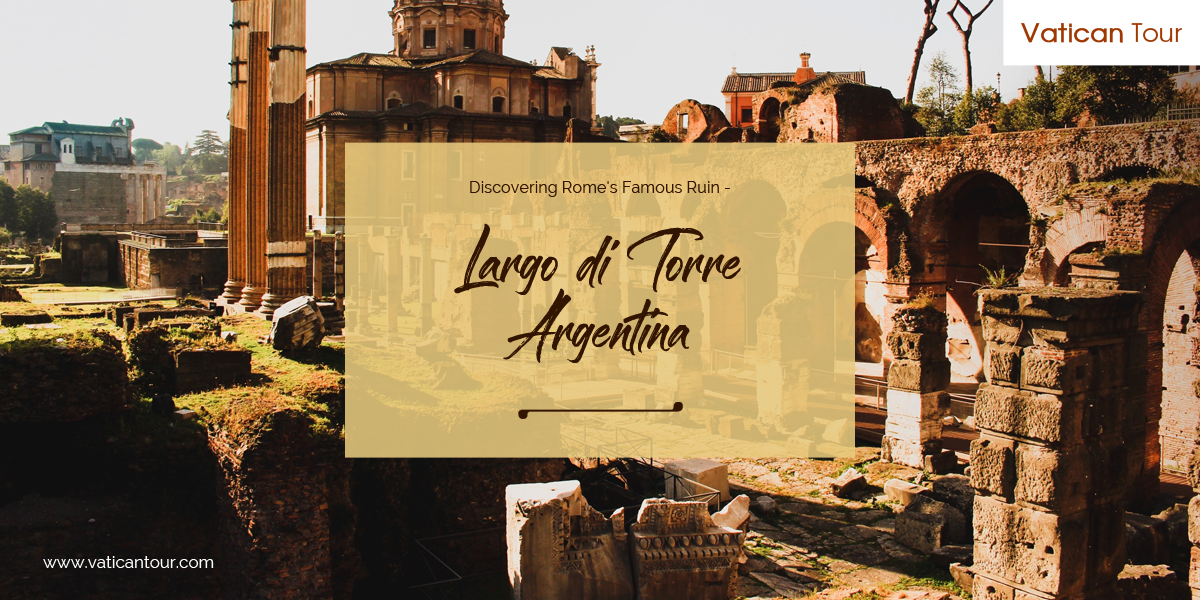Largo di Torre Argentina is an ancient square located in the neighbourhood of main sightseeing attractions, like the Piazza Navona and Pantheon; but most tourists are unaware that this is an archaeological site where many key historical events occurred.The square, also called Largo Argentina, is popular in Rome as a convenient bus hub. But this place also holds many fascinating secrets you’ll enjoy exploring. It houses the ruins of Republican era temples and is the spot where renowned Roman politician Julius Caesar was assassinated. Intrigued? Keep reading to delve into its interesting past.
Origin of Name
The square has no connection with the South American nation, Argentina. Instead, it is related to Strasbourg, a city in France that was also called Argentoratum(Latin name). Johannes Burckardt, the Master of Ceremonies in 15th century Rome, was born in Strasbourg and hence nicknamed Argentinus. He purchased a plot close to the remains of the Theatre of Pompey and built his palace, named Casa del Burcardo. The palace included a tower that Argentinus named after himself, ‘Torre Argentina’. Largo di Torre Argentina, the square with remarkable archaeological remains, was named after this tower.
Et tu, Brute? — Then fall, Caesar!

Julius Caesar, a powerful Roman statesman who played a key role in the formation of the Roman Empire, was brutally murdered by a group of conspiring senators on the Ides of March (15th March) in 44 B.C. Researchers have excavated sufficient proof that pinpoints the exact location of Caesar’s assassination. Archaeologists believe they’ve unearthed the concrete memorial that was established by Caesar’s successor and adopted son, Augustus, to condemn the violent act. The assassination happened on the Curia of Pompey,a meeting hall inside the Theatre of Pompey – the ruins of this ancient theatre lie in the square’s archaeological area. Over 50 senators, including his close friend Marcus Brutus, took part in the coup where Caesar was stabbed 23 times!
Sacred Worship Area
Largo di Torre Argentina is also the site of four Republican era temple ruins. Due to lack of sufficient information, the temples are referred to as A, B, C and D. However, expert historians have deduced that Temple B, constructed in the 1st century BC, is the most modern of the four, while temple C, built in the 3rd or 4th century BC and dedicated to the fertility goddess Feronia, is the oldest one. Although a small portion has been unearthed, temple D seems to be the largest shrine, which was devoted to Lares Permarini, the deity watching over Roman sailors. Temple A was erected sometime in the 2nd century BC, after Romans defeated the Carthaginians,inhabitants of modern Tunisia.
Sanctuary for Photogenic Felines
In recent times, the square of historical significance has gained popularity for housing cute, furry cats! Looked after by locals; these cats are normally found basking in the sun or hunting mice within the ruins. Whatever they’re up to, they are always camera-ready!

Every antique site in Rome has a captivating history waiting to be discovered. Allow the expert guides at Vatican Tours to enlighten you about the city’s eventful past. Their passionate narration will stir your imagination and enrich your overall experience.We also provide special offers on tours of the Pantheon and other renowned sightseeing tours.
READ ALSO OUR NEW UPDATES
- Discovering Secrets from Past in the Neighbourhood of The Colosseum
- 3 Nifty Tips to Read before Visiting the Colosseum in Rome
- The Perfect Vatican City Tour in One Day
- Frequent Visitors Must Indulge in These Activities in Rome
- 3 Must-Visit Historical Attractions in Rome 2018
- Why Should You Visit Rome in Winter?
- A Day in Rome’s Trastevere Neighbourhood!
- Ancient Bridges in Rome
- A Brief Background of Rome’s Most Iconic Sculptor: Bernini
- Eating Outside: 3 Best Restaurants in Rome
- Exploring Rome: Top 3 Things to Do

